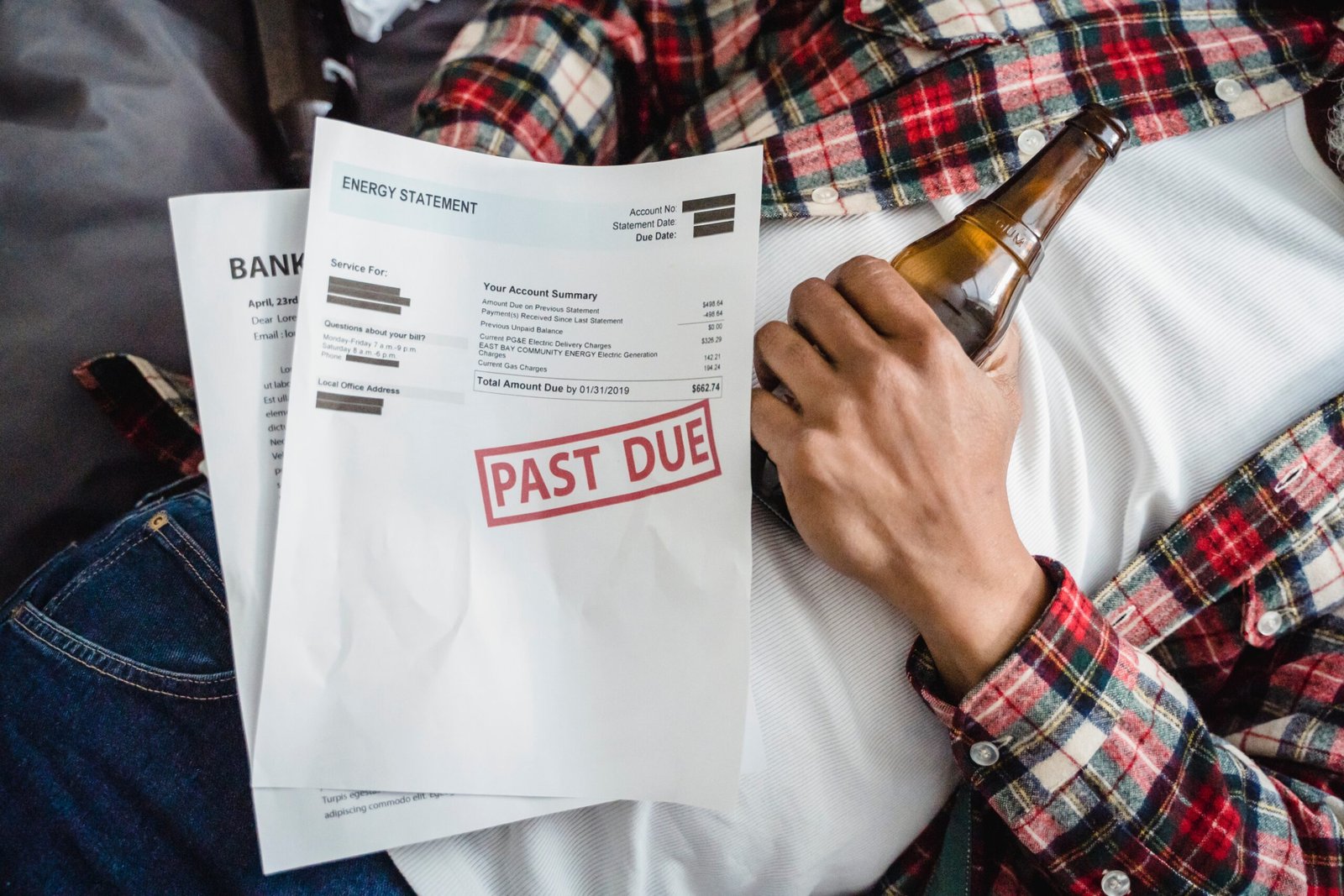Chapter 11 Bankruptcy: A Comprehensive Guide
When a business is facing insurmountable debt, Chapter 11 bankruptcy can offer a way to restructure and regain financial stability. In this guide, we will explain what Chapter 11 bankruptcy is, how it works, and what it means for businesses that choose to file.

What is Chapter 11 Bankruptcy?
Chapter 11 bankruptcy is a form of bankruptcy protection that allows businesses to reorganize their debts while continuing to operate. It is a legal process designed to help businesses that are struggling financially to stay afloat by restructuring their debts and liabilities.
Who can file for Chapter 11 Bankruptcy?
Chapter 11 bankruptcy is available to any business, regardless of size or type. It is commonly used by corporations, partnerships, and limited liability companies (LLCs) but can also be used by individuals who do not qualify for Chapter 7 or Chapter 13 bankruptcy.
How does Chapter 11 Bankruptcy work?
When a business files for Chapter 11 bankruptcy, it becomes a debtor in possession, meaning it retains control over its assets and operations. The debtor in possession must create a plan to restructure its debts and present it to its creditors for approval. If the plan is approved, the business can continue to operate while it repays its debts under the new terms.
What are the benefits of filing for Chapter 11 Bankruptcy?
Filing for Chapter 11 bankruptcy offers several benefits to businesses that are struggling financially. These benefits include:
- The ability to continue operating while restructuring debts
- Protection from creditors and lawsuits while the bankruptcy process is ongoing
- The ability to negotiate new payment terms with creditors
- The ability to discharge or reduce certain debts
- The potential to emerge from bankruptcy as a stronger, more viable business
What are the drawbacks of filing for Chapter 11 Bankruptcy?
While Chapter 11 bankruptcy offers many benefits, it also has some drawbacks that businesses should be aware of. These include:
- The high cost of legal and administrative fees associated with the bankruptcy process
- The potential for a long and complex bankruptcy process
- The possibility that the court may reject the debtor’s restructuring plan
- The potential loss of control over the business if a trustee is appointed
- The negative impact on the business’s credit score and reputation
How long does the Chapter 11 Bankruptcy process take?
The length of the Chapter 11 bankruptcy process varies depending on the complexity of the case. Some businesses are able to emerge from bankruptcy in a matter of months, while others may take several years. During this time, the debtor in possession must work with its creditors and the bankruptcy court to create a restructuring plan that is acceptable to all parties involved.
What happens to a business’s assets during Chapter 11 Bankruptcy?
During Chapter 11 bankruptcy, the debtor in possession retains control over its assets and operations. However, the court may appoint a trustee to oversee the process if it deems it necessary. The trustee’s role is to ensure that the business is complying with bankruptcy laws and that the restructuring plan is being implemented properly.
What happens after a business emerges from Chapter 11 Bankruptcy?
After a business emerges from Chapter 11 bankruptcy, it must continue to operate under the terms of its restructuring plan. This may include repaying its debts over a period of several years and making changes to its operations and management structure. The goal is for the business to emerge from bankruptcy as a stronger, more viable entity.
How can businesses avoid Chapter 11 Bankruptcy?
While Chapter 11 bankruptcy can offer a way for struggling businesses to regain financial stability, it is generally better to avoid bankruptcy if possible. Businesses can avoid Chapter 11 bankruptcy by:
- Maintaining accurate financial records and monitoring their finances closely
-
- Developing a solid business plan and budget
- Building and maintaining strong relationships with creditors and vendors
- Exploring alternative financing options, such as loans or lines of credit
- Cutting costs and reducing unnecessary expenses
- Seeking professional financial advice and guidance
By taking these steps, businesses can improve their financial health and avoid the need to file for Chapter 11 bankruptcy.
Conclusion
Chapter 11 bankruptcy can be a useful tool for businesses that are struggling with overwhelming debt. It offers a way to restructure and repay debts while continuing to operate, with the goal of emerging from bankruptcy as a stronger and more viable entity. However, it is a complex and costly process, and businesses should explore all other options before deciding to file. By taking steps to maintain strong financial health, businesses can avoid the need for Chapter 11 bankruptcy altogether.
FAQs
- Can individuals file for Chapter 11 bankruptcy? Yes, individuals who do not qualify for Chapter 7 or Chapter 13 bankruptcy may file for Chapter 11 bankruptcy.
- How much does it cost to file for Chapter 11 bankruptcy? The cost of filing for Chapter 11 bankruptcy varies depending on the complexity of the case, but it can be expensive. In addition to legal and administrative fees, businesses may also incur costs associated with restructuring their debts.
- What happens if the court rejects a debtor’s restructuring plan? If the court rejects a debtor’s restructuring plan, the business may be forced to liquidate its assets and repay its debts through Chapter 7 bankruptcy.
- Can businesses continue to operate during Chapter 11 bankruptcy? Yes, businesses can continue to operate while undergoing Chapter 11 bankruptcy, as long as they comply with bankruptcy laws and present an acceptable restructuring plan to their creditors.
- How long does it take for a business to emerge from Chapter 11 bankruptcy? The length of the Chapter 11 bankruptcy process varies depending on the complexity of the case, but it can take several months to several years. The goal is for the business to emerge from bankruptcy as a stronger and more viable entity.
